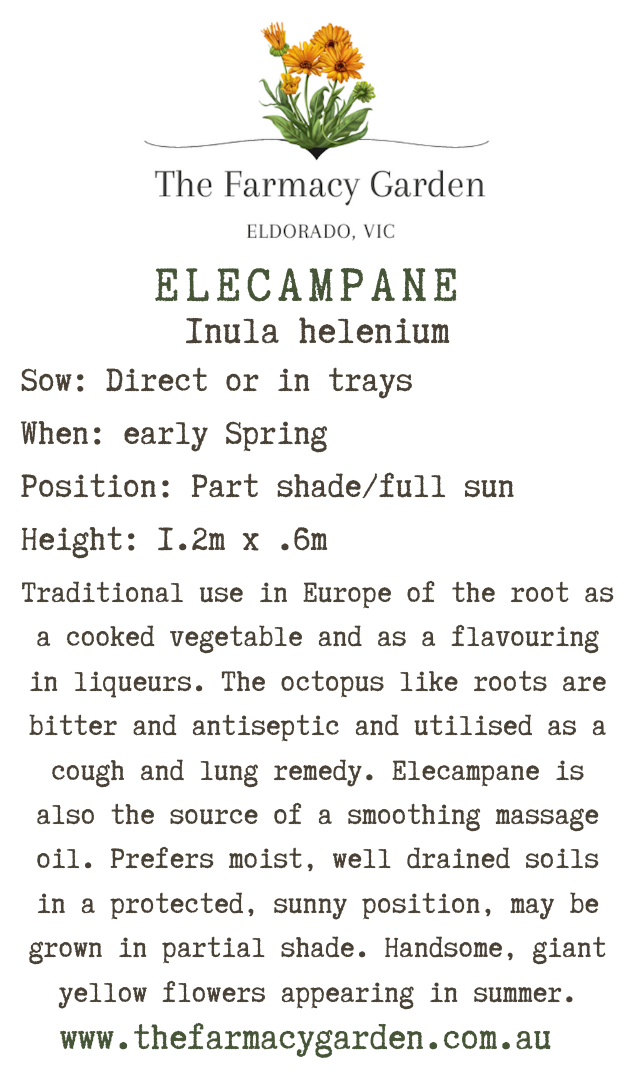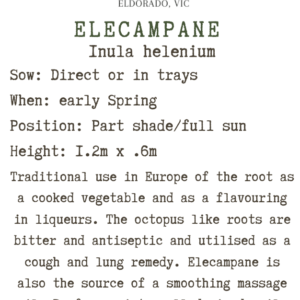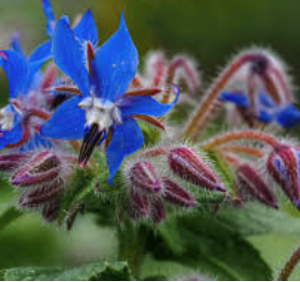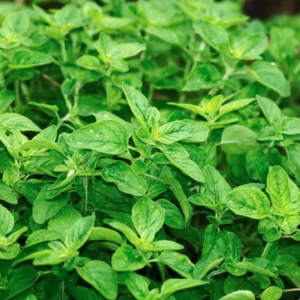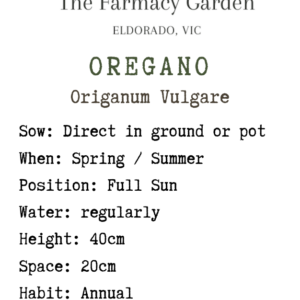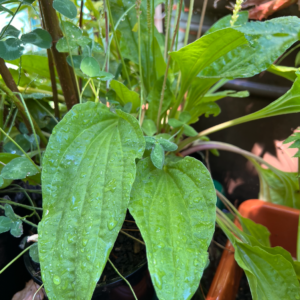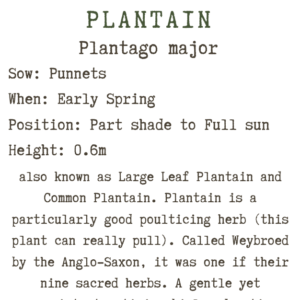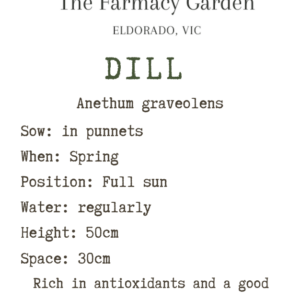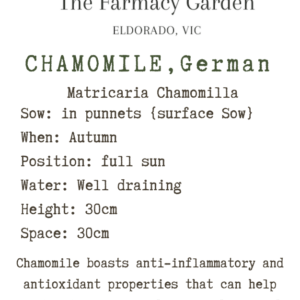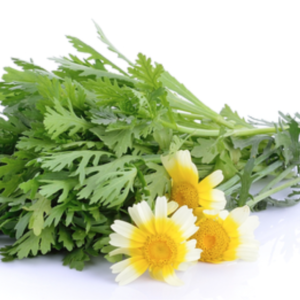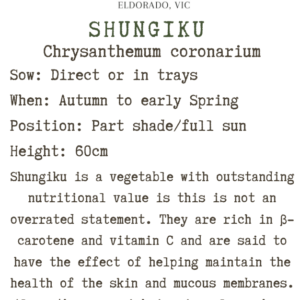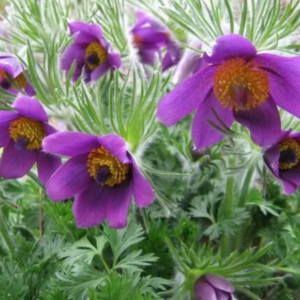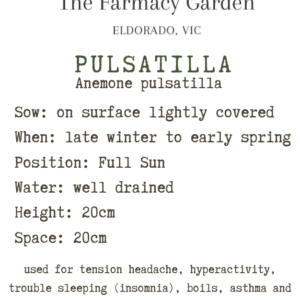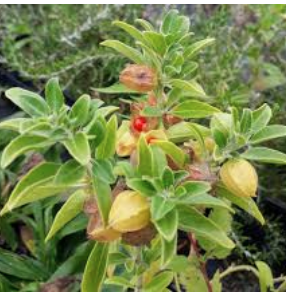Elecampane Seed, Inula helenium
$8.50
Elecampane (Inula helenium) is a perennial herb in the aster family with a long history of medicinal uses, though such use is less common today. In appearance, it is reminiscent of a sunflower plant, with tall stalks, pale green foliage, and bright yellow flowers with large seed heads in the centre. The flowers of elecampane are much smaller than sunflowers, but it has enormous leaves that can grow to 60cm in length.
Elecampane (Inula helenium) is a perennial herb in the aster family with a long history of medicinal uses, though such use is less common today. In appearance, it is reminiscent of a sunflower plant, with tall stalks, pale green foliage, and bright yellow flowers with large seed heads in the centre. The flowers of elecampane are much smaller than sunflowers, but it has enormous leaves that can grow to 60cm in length.
GROW: Elecampane is easy to grow from seeds. If sowing in the garden, plant them after all danger of frost has passed. Or, you can plant them indoors, in a greenhouse, or in a cold frame a few weeks before the last frost. The seeds need light to germinate, so sow them on the surface or under a very light layer of soil that sunlight can penetrate. Keep the soil moist. The seeds should germinate in about two weeks. Transplant the seedlings to the garden once they sprout two sets of leaves.
HARVEST: Use caution when using harvested plants for medicinal purposes. When used in commercial herbal preparations, elecampane is usually blended with other herbs to create supplements aimed at supporting respiratory health. Used alone, the roots are cleaned, chopped, then used in teas or tinctures. But there is evidence that consuming large amounts can make you ill, so this is not a plant to use casually.
If you want to harvest the roots of elecampane, do so in the spring or fall season, beginning in the plant’s second year or later. It has a very large and sturdy taproot that requires some digging to harvest. The roots and rhizomes spread out in an octopus shape, so dig a broad area to retain as much of the root as possible. Digging with a pitchfork helps to loosen the soil without damaging the roots too much, but a shovel works fine, too.
You can harvest the entire plant if desired. Or, if the plant is large, you can essentially divide it and harvest just a portion of the root growth and foliage. The foliage likely will have died back and is not worth preserving in any case.
After harvesting the plant, cut off the foliage and clean the roots well. Squeeze the tough outer skin of the root by hand to break it apart, then peel it away to expose the clean, white root interior. Prepare the root interior as desired.
USE: Elecampane is an herb. The root is used to make medicine.
Elecampane is used for lung diseases including asthma, bronchitis, and whooping cough. It is also used to prevent coughing, especially coughing caused by tuberculosis; and as an expectorant to help loosen phlegm, so it can be coughed up more easily.
Other uses include improving stomach function; treating nausea and diarrhea; and killing worms that can live in the intestine. These worms include hookworm, roundworm, threadworm, and whipworm.
Some people use elecampane to promote sweating.
In foods and beverages, elecampane is used to provide flavour.
In other manufacturing processes, elecampane is used as a fragrance in cosmetics and soaps.
Related products
Flower Seeds
Medicinal Herb Seeds
Medicinal Herb Seeds
Flower Seeds
Flower Seeds


